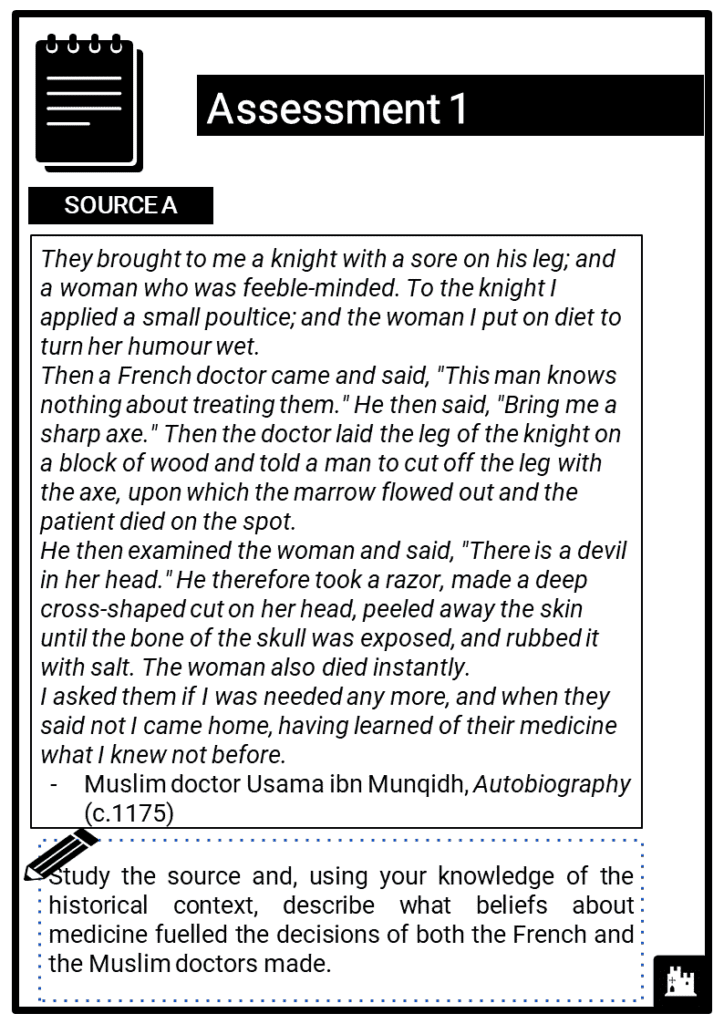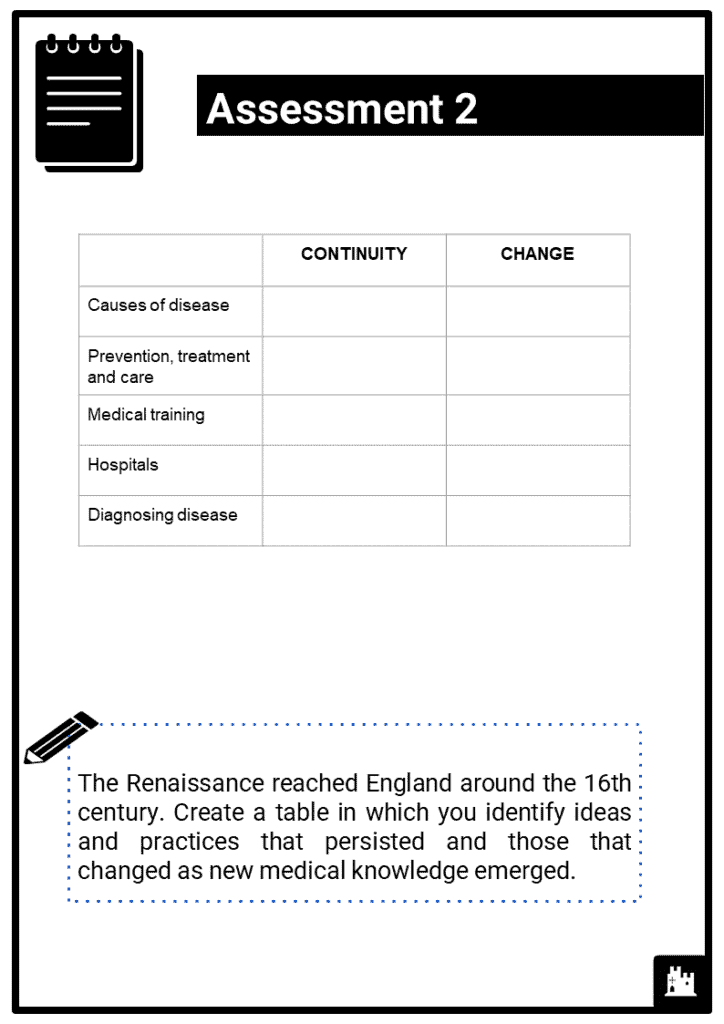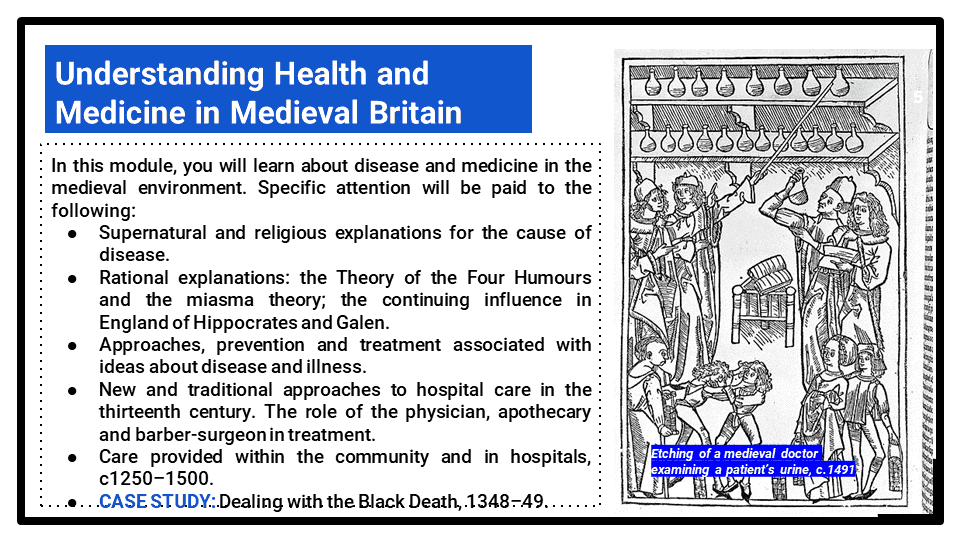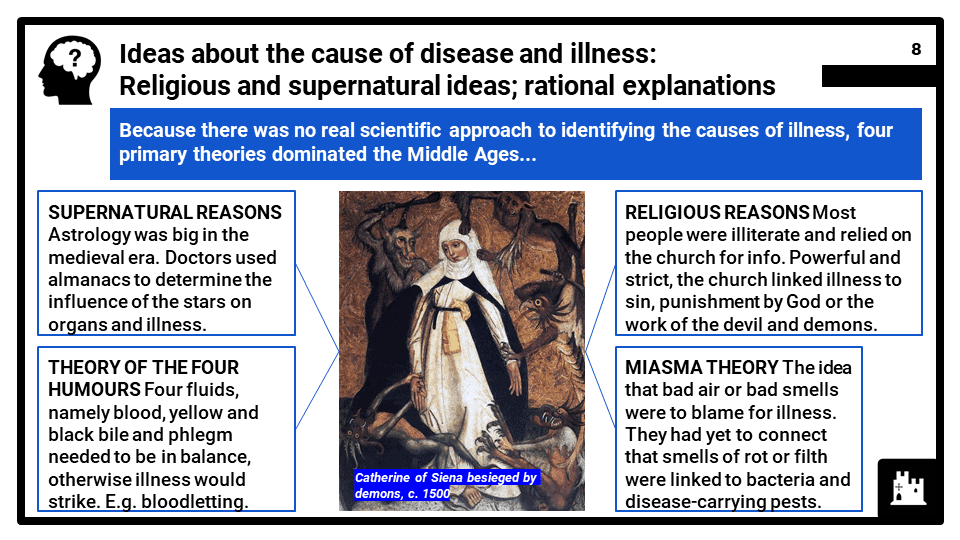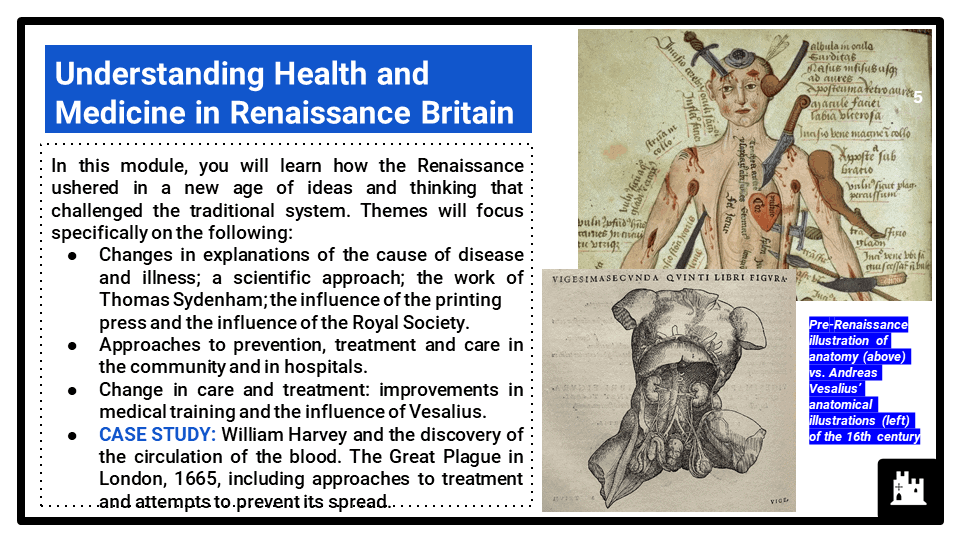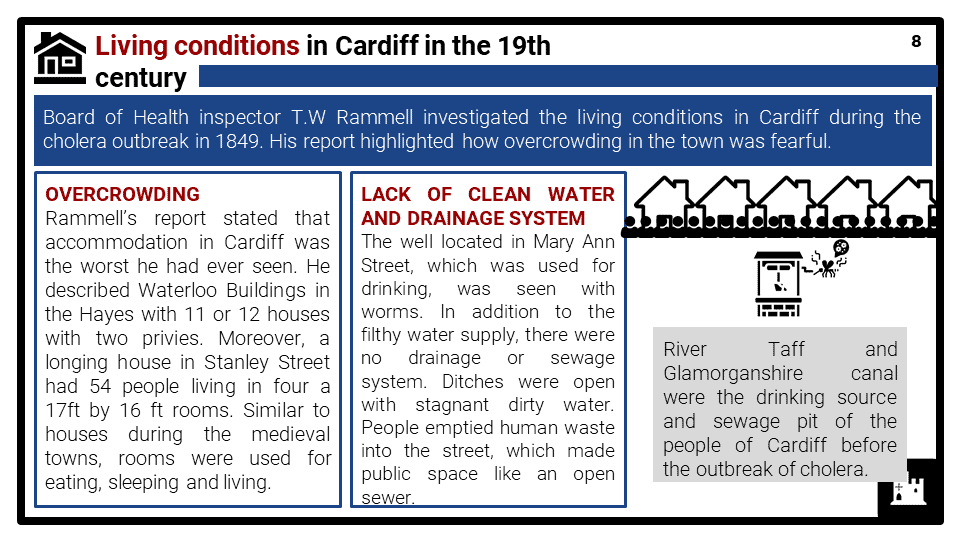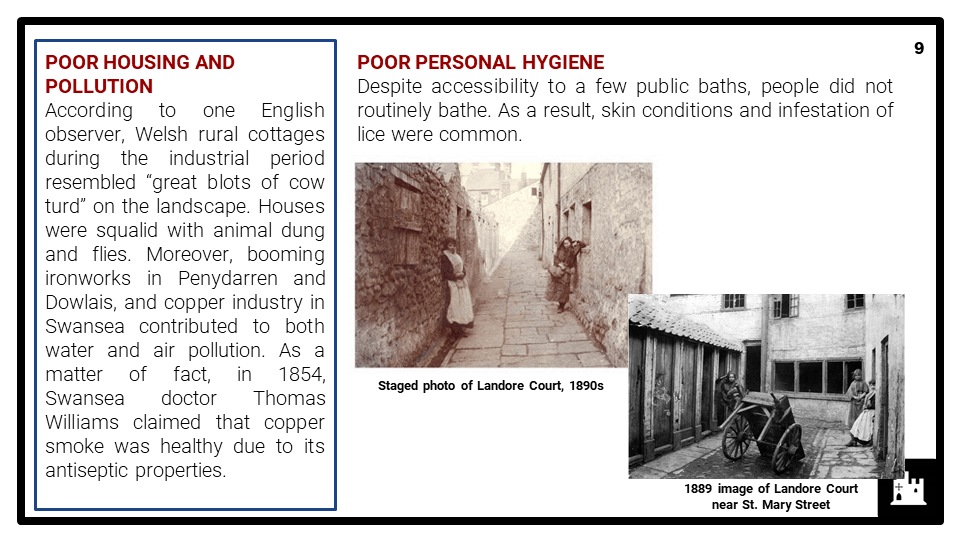Teach any WJEC module : Changes in Health and Medicine, c.1340 to the present day, no prep needed!
Do you want to save dozens of hours in time? Get your evenings and weekends back? Be fully prepared to teach any WJEC GCSE topic?
Every WJEC topic is covered, and each module comes complete with:
Thematic Studies from a broad historical perspective
Written examination: 1 hour 15 minutes 30% of qualification 60 marks (plus 4 marks for spelling, punctuation and grammar and the use of specialist language)
Learners study one Thematic Study from four options in total. The thematic studies provide learners with the opportunity to study history in breadth and consequently understand the changing nature of developments and issues associated with particular periods within the context of British history. In this unit, the impact of change on Wales should be highlighted within the broader historical context. The thematic studies will also allow learners to understand change and continuity and similarity and difference across long sweeps of history, as well as the most significant characteristics of different ages. The thematic studies will focus study on different historical eras and different geographical contexts if appropriate. This unit encourages learners to develop an understanding of historical concepts in particular, including continuity, change, cause, consequence, significance and similarity and difference. Examination questions in this unit will require candidates to make reference to the impact of changes on Wales or a Welsh perspective and therefore examples of these must be studied.
Unit 3: Thematic studies from a broad historical perspective
Module: 3B Changes in Health and Medicine, c.1340 to the present day
This option focuses thematically on the main trends in the history of health and medicine in Britain from c.1340 to the present day. Foreign content is included only where it is fundamental in its influence. Learners will be required to consider the causes, treatment and prevention of illness and disease, advances in medical knowledge, developments in patient care and advances in public health and welfare over time. Learners will also be required to examine the major political, social, economic and cultural perspectives which have contributed to the development of health and medicine from c.1340 to the present day. In this option, centres should ensure that they focus, where appropriate, on the issues of change, continuity, significance and turning points. In this option, the impact of changes in health and medicine on Wales should be highlighted within the wider context. As part of this option learners will investigate a historic site connected with this theme. The required content below shows which key features and characteristics of the period must be studied.
Key Questions and Required Content
- Causes of illness and disease: What have been the main causes of illness and disease over time?
- Living conditions in the medieval and early modern eras with reference to the Black Death and the Great Plague; the effects of industrialisation: cholera and typhoid; the spread of bacterial and viral diseases in the nineteenth and twentieth centuries: Tuberculosis and Influenza.
- Attempts to prevent illness and disease: How effective were attempts to prevent illness and disease over time?
- Early methods of prevention of disease with reference to the Black Death: alchemy and medieval doctors; the application of science to the prevention of disease in the late eighteenth and early nineteenth century: the work of Edward Jenner and vaccination; the influence and spread of inoculation since 1800; the discovery of antibodies and developments in the field of bacteriology.
- Attempts to treat and cure illness and disease How have attempts to treat illness and disease changed over time?
- Traditional treatments common in the medieval era: barber-surgeons, use of leeches, herbal remedies; Joseph Lister and the use of antiseptics in the later nineteenth century; James Simpson and the development of anaesthetics in the nineteenth century; twentieth-century developments: Marie Curie and the development of radiation; the roles of Fleming, Florey and Chain regarding antibiotics; Barnard and transplant surgery; modern advances in cancer treatment and surgery.
- Advances in medical knowledge: How much progress has been made in medical knowledge over time?
- Medical ideas in the medieval era: astrology and the theory of the four humours; the medical work of Vesalius, Pare and Harvey in the sixteenth and seventeenth centuries; nineteenth-century advances in medical knowledge: improved knowledge of the germ theory: Pasteur and Koch; the development of scanning techniques in the twentieth century: X-rays, ultrasound and MRI scans; the discovery of DNA and genetic research in the later twentieth century.
- Developments in patient care: How has the care of patients improved over time?
- The role of the church and monasteries from medieval times up to the mid-sixteenth century; the role of voluntary charities and endowed hospitals up to the late eighteenth century; the influence of Florence Nightingale and Betsi Cadwaladr on nursing from the mid-nineteenth century; Aneurin Bevan and the setting up of the NHS after World War II; pressures on the NHS up to the present day.
- Developments in public health and welfare: How effective were attempts to improve public health and welfare over time?
- Standards in public health and hygiene from the fourteenth century to the eighteenth century; the impact of industrialisation on public health in the nineteenth century; the work of Edwin Chadwick leading to Victorian improvements in public health; efforts to improve housing and reduce pollution in the twentieth century; attempts to improve public health and welfare in the twenty-first century: campaigns, fitness drives, healthy eating
The Historic Environment
- The historical context relating to the site
- The main features of treatment and care
- The development of surgical methods and medical innovation

